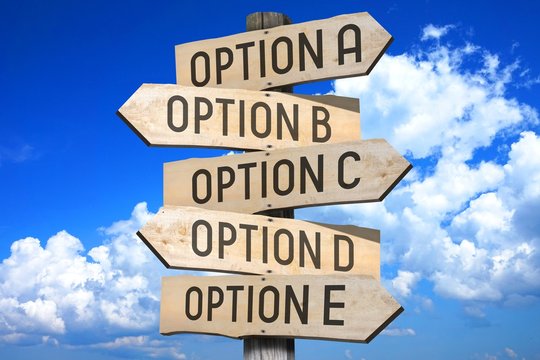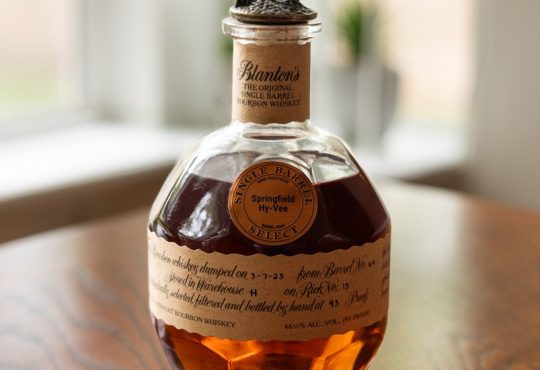The Impact of Trade Tariffs on the Bourbon Industry: A Comprehensive Overview
One of the most high-profile examples of how tariffs affect the bourbon industry came in 2018, when the United States imposed retaliatory tariffs on European Union products. The European Union, in turn, retaliated by imposing tariffs on American-made products, including bourbon. This set off a series of events that would drastically affect bourbon exports to Europe.
The tariffs imposed by the European Union were significant. For example, in 2018, a 25% tariff was placed on U.S.-produced bourbon, effectively increasing the price of bourbon for European consumers. The immediate result was a noticeable decline in bourbon exports to Europe, particularly in countries like France, Germany, and the United Kingdom, which had been significant importers of American bourbon.
The Impact on Export Growth
European exports of bourbon have traditionally been a vital part of the industry’s global reach. In 2017, the U.S. exported nearly $1.5 billion worth of whiskey, with bourbon accounting for a significant portion of that amount. But with tariffs driving up prices, many European customers turned to other whiskey options, particularly Scotch whisky or Irish whiskey, both of which were exempt from the tariffs. This shift in preference resulted in a loss of market share for American bourbon in some of its most lucrative international markets.
1. Price Sensitivity in Global Markets: In many international markets, bourbon competes with other premium spirits like Scotch and Irish whiskey. When tariffs raise the price of bourbon, it makes the spirit less competitive compared to its counterparts. Whiskey drinkers who might have been open to trying American bourbon are often pushed toward more affordable, locally-produced alternatives. In countries where price sensitivity is high, the increase in cost can drive consumers away from bourbon entirely.
2. Shifting Consumer Preferences: In response to increased prices caused by tariffs, many international consumers are turning to other spirits. For example, the tariffs on bourbon led to a significant increase in the popularity of Scotch whiskey, which was unaffected by the U.S. tariffs. Additionally, some consumers are turning to local whiskey options produced in the EU, such as Irish whiskey or Canadian whisky, which offer similar flavor profiles at lower prices.
The Economic Ripple Effects: U.S. Producers and Domestic Sales
While much of the focus is on the impact of tariffs on international sales, there are also significant ripple effects within the U.S. domestic market. As bourbon becomes less competitive in foreign markets, U.S. producers may be forced to adjust their strategy, either by raising prices domestically or by cutting production costs.
1. Price Increases for Domestic Consumers: When distilleries face higher costs due to tariffs on raw materials or increased international market pressure, the price hikes often trickle down to the consumer. Bourbon drinkers in the U.S. could see higher prices at their local liquor stores as distilleries attempt to recoup the costs of higher production expenses or lost profits from international sales.
2. Job Losses in the Industry: If tariffs reduce bourbon exports and limit growth in international markets, U.S. distilleries may face financial difficulties. In the worst-case scenario, this could result in job cuts within the bourbon industry. From production staff at distilleries to workers in distribution, retail, and tourism, the bourbon industry employs a significant number of Americans. Any slowdown in the sector due to tariffs could harm these jobs and the broader economy, especially in regions like Kentucky, where bourbon production is a major economic driver.
Navigating the Challenges: How the Bourbon Industry Can Adapt
Despite the challenges posed by tariffs, the bourbon industry is resilient, and many producers are exploring creative strategies to adapt to these new realities. The following are some ways the industry is adjusting to the impact of trade tariffs:
- Shifting Focus to Domestic Sales: With international sales taking a hit, many bourbon distilleries are focusing more on expanding their domestic sales channels. This includes increasing marketing efforts in the U.S. to tap into the growing interest in craft and premium spirits.
- Diversifying Product Offerings: Some distilleries are diversifying their product offerings, creating limited-edition bottlings or experimenting with unique finishes (such as sherry or port cask aging) to appeal to U.S. consumers who are increasingly interested in different whiskey profiles.
- Seeking New Export Markets: As the EU market becomes more difficult to access due to tariffs, some bourbon producers are exploring new export markets in Asia, Latin America, and even Africa, where there is a growing interest in premium spirits. These regions present opportunities for growth outside of traditional European markets.
- Lobbying for Tariff Relief: Many distilleries, especially larger ones like Beam Suntory and Brown-Forman, have lobbied for tariff relief and worked with trade organizations to find ways to reduce the impact of the tariffs. While this process can take time, industry-wide lobbying efforts have historically led to reductions in trade barriers.
Conclusion: The Ongoing Evolution of Bourbon in a Global Market
Trade tariffs are a significant challenge for the bourbon industry, but they also represent an opportunity for innovation and adaptation. As the global market for spirits continues to evolve, so too must the strategies of bourbon producers. From diversifying markets and products to shifting focus to domestic consumers, the bourbon industry is learning to navigate the complexities of international trade and pricing.
As a bourbon drinker, it’s essential to understand how these economic forces shape the products you enjoy. While tariffs may lead to higher prices or limited availability in certain markets, they also encourage growth in new directions, both domestically and abroad. Bourbon will continue to thrive as a symbol of American craftsmanship, and as the industry adapts, it will remain a vital player in the global spirits market.
By embracing both the challenges and opportunities presented by tariffs, the bourbon industry can continue to grow and evolve, ensuring that future generations of whiskey lovers will continue to enjoy this timeless American spirit.




